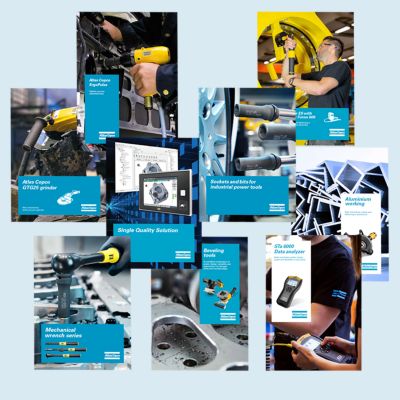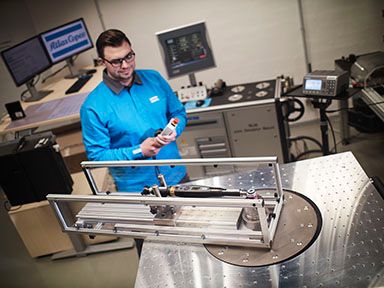Since the early days of manufacturing, manual processes have been the industry standard. But now more than ever, manufacturers are looking into automating those manual processes. Automation is crucial in delivering the best results bringing efficiency, reduced costs, labor issues, sustainability, and productivity.
Atlas Copco makes the transition to an automated manufacturing system as easy as possible by following these eight steps:
Step 2: Define workflow objectives
Once you identify processes that are causing issues, the next step is to figure out why. When our team leaves your facility, our work is just beginning. Our team will schedule a follow up meeting to present objectives and ideas how we will meet your objectives with the utilization of our automation team.
Step 3: Map out workflows
Now that you’ve identified your manual process and defined your objectives, it’s time to create the roadmap to fixing it. Our one-stop-shop application center will take full responsibility for this step. Starting with the design process, we will provide simulations and testing to make sure that your objectives are met early on in the process. The Automation Excellence Center is Central European hub for custom engineered tightening solutions. As one of the five application centers participating in the Atlas Copco global projects network, our project managers, proposal managers, and sales teams work directly with the you to identify a tightening solution customized to meet the demands of your facility.
Step 5: Testing
With the use of digital simulations, our application center can begin testing solutions earlier in the process. This would normally begin between steps three and four, and continues until we are ready to implement the solution. The use of digital simulations not only allows the customer to make changes earlier in the process, but ensures a faster ROI allowing us to develop solutions in the most sustainable way.
Step 7: Implementation and training
Installing an automated solution comes in three parts. Installing the hardware, programming the robot, and training your team. With our in-house expertise, your risks are significantly reduced even once the solution is on your floor. Purchasing a turnkey solution from Atlas Copco means robot programming, commissioning, and start-up support is included.
Step 8: Measure effectiveness
Once your automated solution is installed and running, you will want to confirm that you have access to real time results that allow you to measure and monitor the efficiency and quality. Our user-friendly interfaces are designed to easily collect and compare data in real time. The web-based access points allow for solutions to be easily set up, operated, and to provide predictive and corrective maintenance all from one screen.
To sum it up, automation is more than just a physical upgrade. By moving your line from a manual process to an automated solution, you’re lowering operating costs, improving operator safety, reducing factory lead times, faster ROI, increasing your production output, and having the ability to be more competitive by using automation integrators.
If you’re interested in learning more about an Atlas Copco automated solution, contact us to schedule a demo today!











